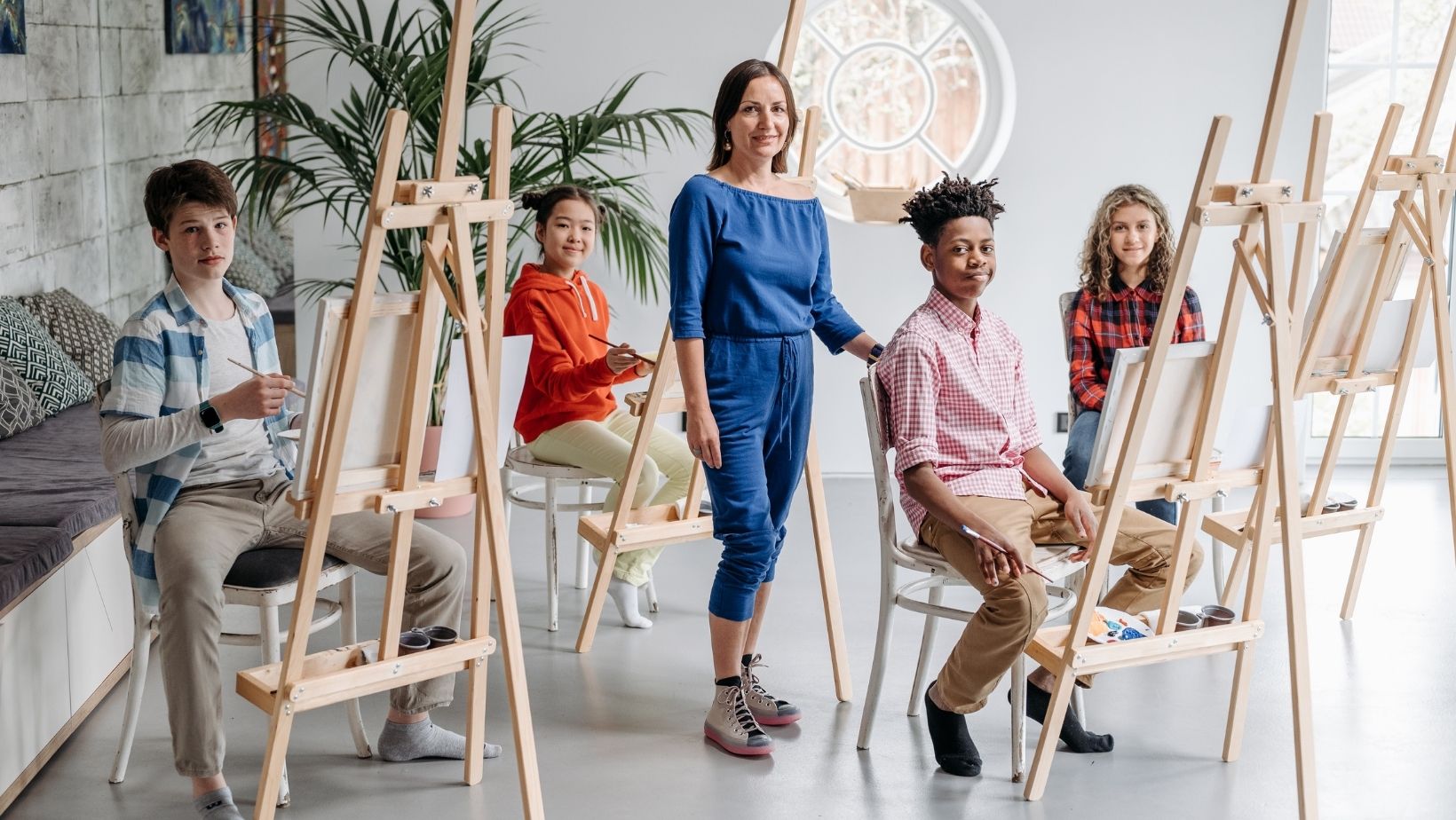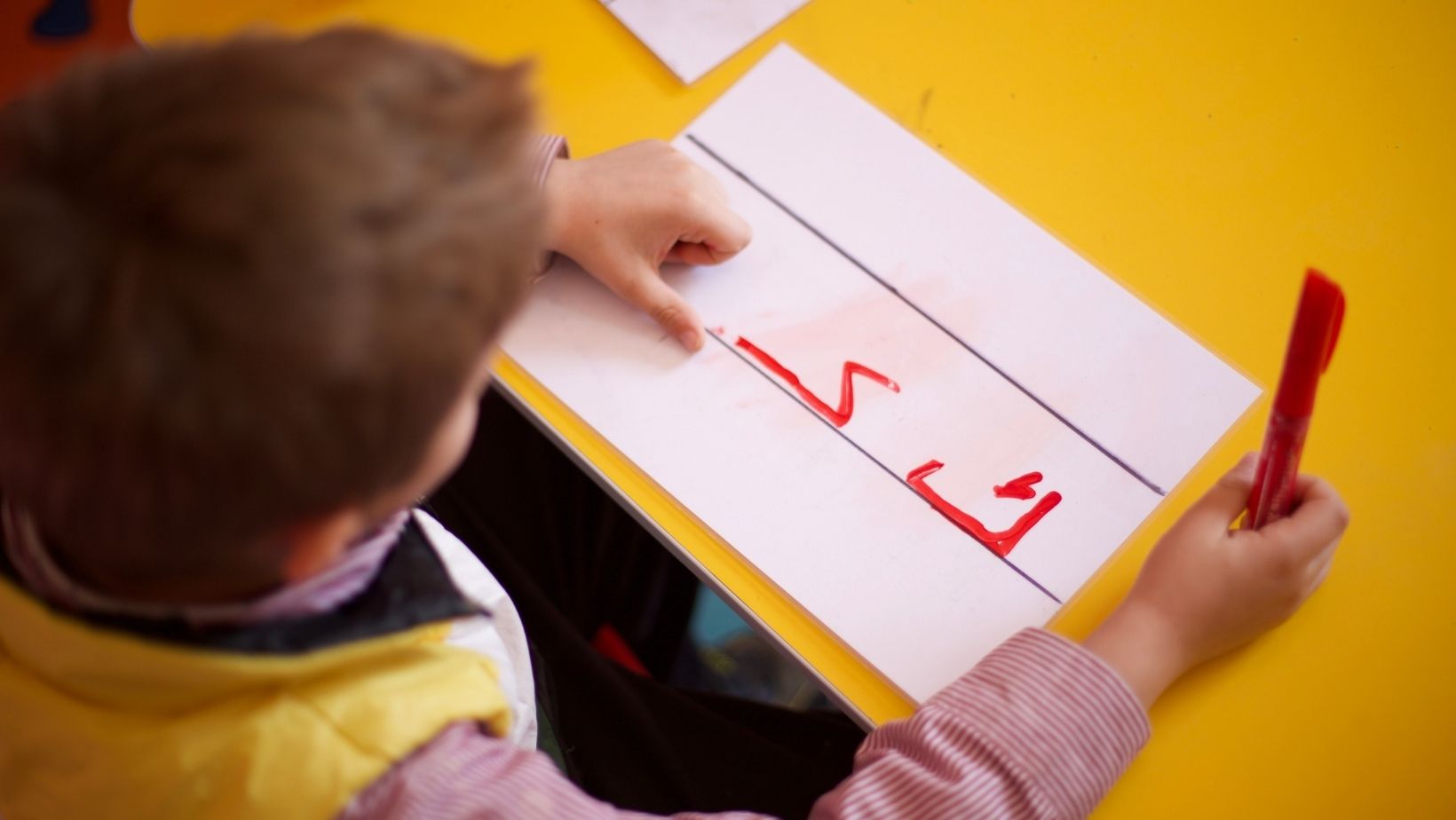The Role of Smaller Class Sizes in Supporting Kids with Learning Differences

In an ever-evolving landscape of education, class size plays a significant role in determining students’ success. While it is important for all students, it has a great impact, especially on those struggling with learning differences. These differences, like dyslexia, ADHD, and autism spectrum disorder, make it difficult for students to thrive in crowded classrooms.
But don’t worry. There are many private schools for dyslexic kids and other disorders that provide a tailored learning environment for such students. In such institutions, because of personalized support, students are able to achieve higher academic results and have a positive educational experience.
In this blog, we will explore all the ways in which smaller classrooms benefit your child.
But before delving into the benefits, we will first need to understand the learning differences in different children.
Learning Differences in Children
Every child is unique and has a different learning style. Their learning differences have a great impact on how they process, understand, and retain information, influencing their academic performance. But remember, it is not the reflection of their intelligence but how their brain functions in specific areas like reading, writing, social interaction, etc.

For all such students, standard classrooms can not provide the attention they need to excel. Whereas smaller classrooms work wonders for them.
Benefits of Smaller Classrooms for Children with Learning Differences
Let’s discuss the different benefits of smaller classrooms for kids with learning differences, enabling them to overcome their unique challenges.
Individualized Attention
As in larger classrooms, teachers find it difficult to provide necessary attention to each of their students, smaller classrooms have made it easy. They can easily observe the strengths and weaknesses of every student and teach them accordingly.
By understanding the learning differences of each student in smaller classrooms, teachers offer alternative ways to engage students with the material and break complex concepts into smaller steps, bringing variations in their instructional methods.
Moreover, in smaller classrooms, they are responsive to the different paces of all learners and provide extra time or frequent breaks to maintain the focus of each student.
So, whether your child is suffering from dyslexia, decoding words, or finding it difficult to stay on task because of ADHD, personalized attention in smaller classrooms makes a significant difference in their learning.
Strong Student-Teacher Relationships
Smaller classrooms naturally foster strong and meaningful relationships between teachers and students. These relationships are very important for children suffering from learning differences. Such children feel themselves in a safe space in smaller classrooms and are never hesitant to express their challenges and ask for help fearlessly.
Strong connections with teachers also motivate children to participate in class and put more effort into the learning process. This approach is very beneficial for students who feel disconnected in a traditional classroom setting.
Moreover, children with learning differences have common feelings of isolation. But strong connection with teachers prevents this feeling and they feel supported and understood in their classes.
Customized Teaching Methods
In larger classrooms, a general teaching method fits most of the students, leaving children with learning difficulties behind. Whereas in smaller classrooms, teachers offer tailored teaching methods to meet the diverse needs of every student.
For example, to deal with students suffering from dyslexia or ADHD, teachers use multisensory teaching techniques like hands-on activities and interactive discussions. This is how students are more likely to retain and comprehend information in the long run, leading to better learning outcomes.
Fewer Distractions
Children with learning differences are very sensitive to distractions. Therefore, in large classrooms, it is difficult for them to concentrate on lectures because of noise, movement and competing demands on teacher’s attention.
On the other hand, there is a quieter and focused environment in smaller classrooms, reducing the likelihood of distractions.
Such environments allow students to reset themselves before they become overstimulated. Moreover, teachers can easily manage classroom dynamics, creating a positive and supportive environment.
This less stressful environment helps students to develop strong emotional skills feeling less anxious about their ability to succeed.
Better Peer Relationships
Social interactions are a great challenge for students with learning differences. Smaller classrooms help them to tackle this challenge by providing a more intimate setting. They get an opportunity to socialize with a smaller group of peers.

This is how students build confidence over time, improve their communication skills, and feel comfortable while maintaining their social interactions.
Improved Academic Performance
With individualized attention, custom teaching methods, and a supportive environment in smaller classrooms, children achieve higher academic success. They are more likely to grasp and retain information and develop academic confidence.
Also, they get quick responses to their assessments and assignments, helping them to improve continuously.
Teachers find it easy to implement assistive technology in smaller classrooms that boost academic performance of students. For example, text-to-speech software works wonders for students with dyslexia.
Similarly, students with writing difficulties use speech-to-text tools to overcome the barriers with writing tasks. This is how smaller classrooms allow them to perform better and exceed academically.
Conclusion
To conclude, small-size classrooms are not a one-size-fits-all solution to the problems faced by students with learning differences but are a powerful framework to support these students.
With reduced stress, strong student-teacher relationships, positive peer interactions, and specialized teaching methods in smaller classrooms, students get a more supportive environment and can thrive regardless of their learning differences.
Moreover, individualized approaches in smaller classrooms not only enhance academic outcomes but also foster greater confidence, motivation, and emotional well-being of students.
-
Personal Finance9 months ago
How Do I Find My UCAS ID Number?
-
Success6 years ago
Consistency: The Key Ingredient to Success
-
Personal Finance9 months ago
What Does Conditionally Approved Mean For An Apartment?
-
Motivation3 years ago
How To Become a More Organized Person?
-
Others4 years ago
Work Health and Safety: 8 Reasons to Maintain a Clutter-free Office
-
Entrepreneurs4 years ago
Why Diversity is Key in Business Marketing
-
HK Pools9 months ago
The HK Pools Forum Comunity Jos Markotop 2D Warna Kuning – A Great Way to Stay Connected
-
Sport1 year ago
What Makes Soccer Betting So Great?



























